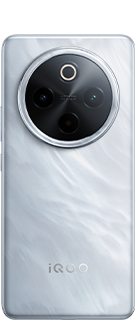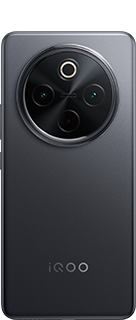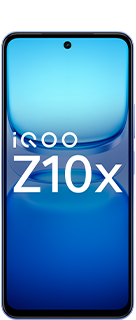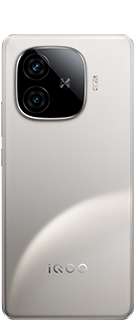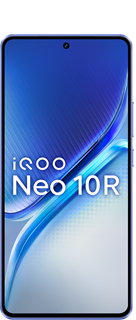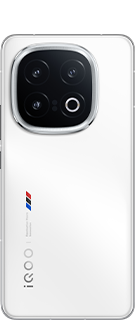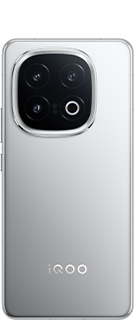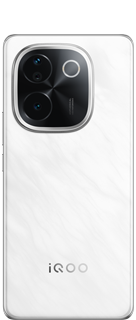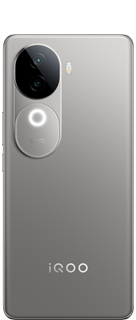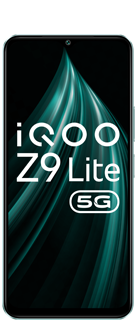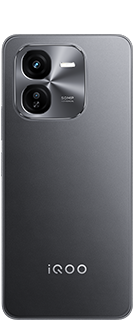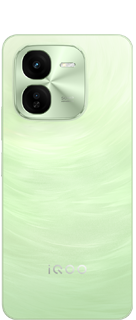Google Assistant🌐
1. Introduction:
Google Assistant is a virtual assistant developed by Google. It is available on mobile and smart home devices, as well as in cars through Android Auto and in smart wearables. Google Assistant is designed to help users with various tasks using natural language processing and machine learning.
2. Features:
- Voice Commands: Users can interact with Google Assistant using voice commands to perform tasks such as setting reminders, sending messages, making calls, and controlling smart home devices.
- Multimodal Interaction: Google Assistant supports both voice and touch interactions, allowing users to type queries or select options when necessary.
- Personalized Responses: It provides personalized responses based on user preferences, location, search history, and other contextual information.
- Integration with Google Services: Google Assistant seamlessly integrates with various Google services such as Gmail, Google Calendar, Google Maps, and Google Search to provide relevant information and assist with tasks.
- Smart Home Control: Users can control compatible smart home devices using Google Assistant, including lights, thermostats, cameras, and more.
- Continuous Conversation: Google Assistant supports continuous conversation, allowing users to ask follow-up questions without having to repeat the wake phrase.
- Interpreter Mode: It can act as an interpreter, translating conversations in real-time between different languages.
- Accessibility Features: Google Assistant includes accessibility features such as Voice Access, which allows users to control their device using voice commands.
- Third-Party Integrations: It integrates with a wide range of third-party services and apps, allowing users to perform tasks such as ordering food, booking rides, and making reservations.
3. Platforms:
- Mobile Devices: Google Assistant is available on Android smartphones and tablets, as well as on iOS devices through the Google Assistant app.
- Smart Home Devices: It is integrated into various smart speakers and displays, including Google Home, Google Nest Mini, Google Nest Hub, and third-party devices with Google Assistant support.
- Wearables: Google Assistant is available on wearable devices running Wear OS, allowing users to access its features directly from their smartwatches.

- Cars: It is accessible in cars through Android Auto, providing hands-free assistance for navigation, communication, and entertainment while driving.
4. Privacy and Security:
- Data Protection: Google has implemented various measures to protect user privacy and data security, including encryption, user consent for data collection, and transparency about data usage.
- Privacy Controls: Users can manage their privacy settings and control what data Google Assistant can access through their Google Account settings.
- Incognito Mode: Google Assistant offers an Incognito mode that prevents interactions from being saved to the user's Google Account or used for personalization.
5. Future Developments:
- Improved Natural Language Understanding: Google continues to enhance the natural language understanding capabilities of Assistant, enabling more conversational interactions and better comprehension of user queries.
- Expanded Integration: Google Assistant is expected to integrate with more third-party services and devices, offering users a wider range of capabilities and seamless experiences across different platforms.
- Enhanced Contextual Awareness: Google aims to improve Assistant's contextual awareness, allowing it to anticipate user needs more effectively and provide proactive assistance.
- Advanced AI Features: As AI technology advances, Google Assistant may incorporate more advanced features such as predictive modeling, emotional intelligence, and enhanced personalization.
Overall, Google Assistant continues to evolve as a versatile and intelligent virtual assistant, empowering users to accomplish tasks more efficiently and interact with technology in more natural and intuitive ways.
Please sign in
Login and share
